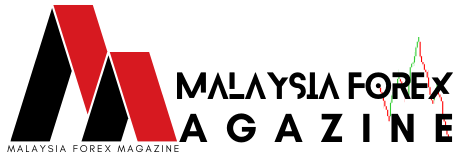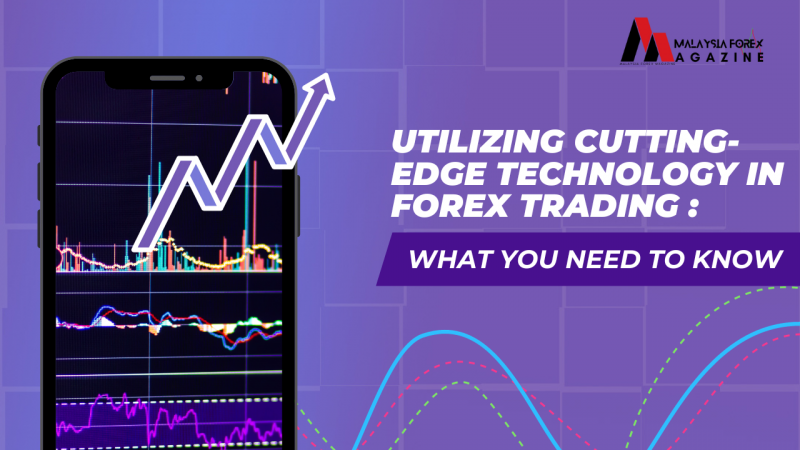Scalping is a popular trading strategy that involves making multiple trades over short time frames to capitalize on small price movements. To be successful, scalpers need reliable indicators to help them make quick and informed decisions. In this article, we’ll explore the top scalping indicators that can enhance your trading strategy and improve your chances of success.
1. Moving Average Convergence Divergence (MACD)
The Moving Average Convergence Divergence (MACD) is a versatile indicator that helps traders identify changes in momentum and trend direction. It’s composed of two moving averages and a histogram that measures the distance between them.
- How to Use MACD for Scalping: Look for MACD crossovers (when the MACD line crosses the signal line) to identify potential buy or sell signals. A bullish crossover indicates a potential upward move, while a bearish crossover suggests a potential downward move.
2. Relative Strength Index (RSI)
The Relative Strength Index (RSI) is a momentum oscillator that measures the speed and change of price movements. It ranges from 0 to 100 and helps identify overbought or oversold conditions.
- How to Use RSI for Scalping: Use the RSI to spot overbought (above 70) or oversold (below 30) conditions. When the RSI crosses these thresholds, it can signal a potential reversal, providing scalping opportunities.
3. Bollinger Bands
Bollinger Bands consist of a middle band (a simple moving average) and two outer bands that represent standard deviations from the middle band. They help identify periods of high and low volatility.
- How to Use Bollinger Bands for Scalping: Look for price movements that touch or breach the outer bands. A bounce off the lower band can signal a buying opportunity, while a rejection from the upper band can indicate a selling opportunity.
4. Stochastic Oscillator
The Stochastic Oscillator is a momentum indicator that compares a specific closing price to a range of prices over a certain period. It ranges from 0 to 100 and helps identify overbought or oversold conditions.
- How to Use Stochastic Oscillator for Scalping: Use the Stochastic Oscillator to spot overbought (above 80) or oversold (below 20) conditions. Crossovers between the %K and %D lines can also signal potential entry and exit points.
5. Moving Averages
Moving averages are one of the simplest yet effective indicators used in scalping. They smooth out price data to identify trends and potential reversal points.
- How to Use Moving Averages for Scalping: Use shorter-period moving averages (e.g., 5, 10, 20) for scalping. Look for moving average crossovers or price crossings to identify potential trade entries and exits.
6. Parabolic SAR
The Parabolic Stop and Reverse (SAR) is a trend-following indicator that provides potential entry and exit points. It appears as dots above or below the price chart.
- How to Use Parabolic SAR for Scalping: When the dots appear below the price, it signals a potential upward trend; when they appear above the price, it indicates a potential downward trend. Use these signals to make quick trading decisions.
7. Volume
Volume is a key indicator in scalping as it shows the strength of a price movement. High volume often confirms a strong trend, while low volume may indicate a weak or fading trend.
- How to Use Volume for Scalping: Monitor volume spikes to confirm the strength of price movements. A sudden increase in volume can indicate strong buying or selling pressure, providing potential entry or exit points.
Conclusion
Scalping requires quick decision-making and precise timing. By incorporating these top scalping indicators into your trading strategy, you can improve your ability to identify profitable trading opportunities and manage risk effectively. Always remember to test these indicators in a demo account before using them in live trading to ensure they align with your trading style and objectives.











